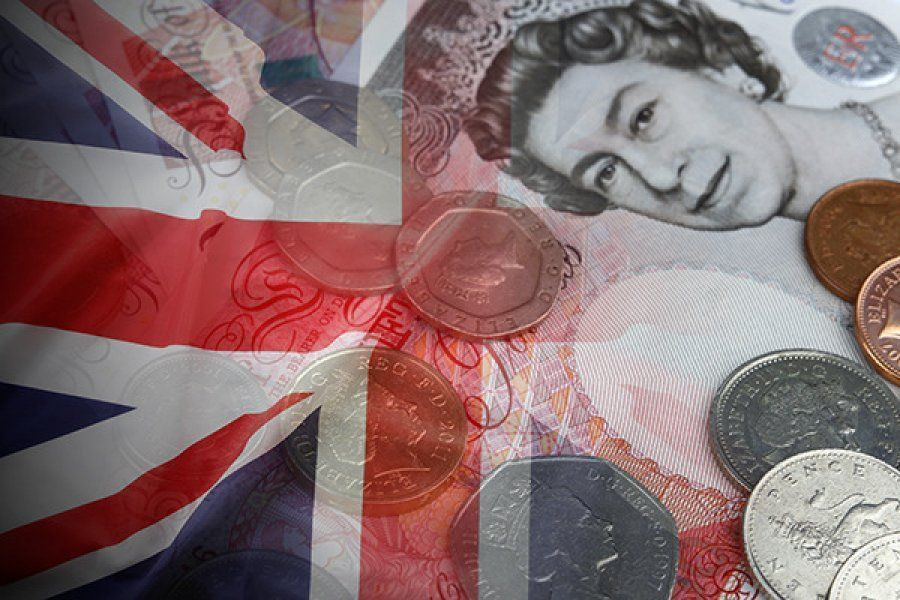
The British currency showed a slow but steady growth after the release of US macro data. But the pound is cautiously entering the new year, waiting for some kind of catch from the markets or geopolitics. Nevertheless, analysts are counting on sterling's relatively stable dynamics in the short term.
On Thursday, December 29, the pound rose after the release of the US macro data, which showed a significant drop in home sales in the country. Take note that earlier this week, the pound was steadily growing against the dollar and reached its weekly highs on Wednesday, December 28. On Thursday morning, December 29, GBP/USD was trading at 1.2033, trying to hold on to its gains.

In the middle of the week, the dollar has noticeably fallen, thanks to which the British currency was able to rise. The pound took advantage of the situation and briefly surged above 1.2100. Take note that the sharp rise in US government bond yields helped the greenback to outperform its main competitors - the leading currencies. GBP fell in this backdrop, but by the end of the week it recouped some of its losses. The pound eventually fell to the critical level of 1.2000 since bulls were not active.
According to analysts, the reports on housing sales in America in November 2022 turned out to be a surprise, which, as aptly noted, "turned the market upside down". According to the U.S National Association of Realtors (NAR), the index of pending home sales fell 4% in November. Meanwhile, the consensus forecast was for the number to drop by -0.9%. According to experts, such a result suggests an increase in the decline in the number of sold homes in the U.S. in the future.
According to the NAR, pending home sales recorded the second-lowest monthly reading in 20 years. The reasons are a sharp rise in interest rates in America and a significant decline in the number of contract signings to buy a home. Previously, the number of pending home sales had been expected to rise 0.6% m/m after a 4.6% decline recorded in October 2022. According to experts, a significant drop in this indicator demonstrates a decline in the US housing market and puts pressure on the dollar.
According to analysts' estimates, the current level of interest rates and erroneous forecasts of home buyers contributed to the decrease in the number of transactions in the US real estate market. In such a situation the Federal Reserve increased the interest rate to 4.5%, although many market participants expected it to decrease from the current levels. At the same time, some experts believe that the greenback dynamics lags far behind the real rates in the U.S.
The situation in the last week of December weighed on the pound. However, sterling is not giving up and is still trying to be a leader, although it is still eyeing its main competitor - the US dollar. According to experts, the collapse of Liz Truss' mini-budget program in September 2022 also had a negative impact on the GBP's values. The "September bandwagon" complicates the pound's recovery and jeopardizes the current balance of the national budget, experts summarize.





















